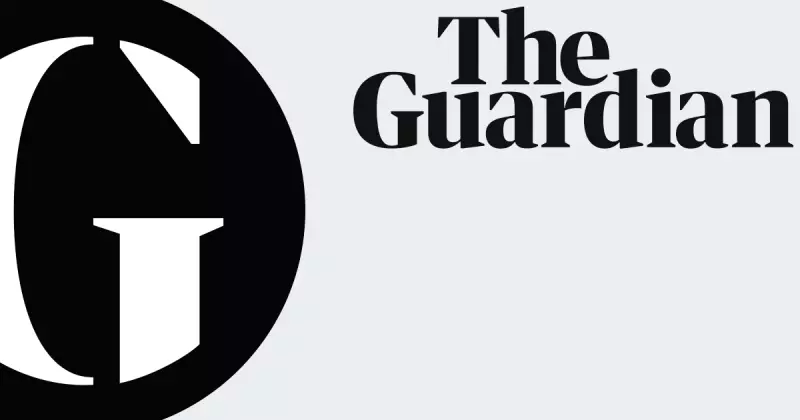
Reserve Bank Governor Michele Bullock has delivered a robust defence of the central bank's position, squarely attributing Australia's soaring house prices to a fundamental lack of supply rather than the controversial monetary policy decisions that have pushed interest rates higher.
In a statement that challenges widespread public sentiment, Governor Bullock insisted that the primary driver behind the housing affordability crisis is the simple economics of supply and demand. 'We just haven't built enough houses,' she asserted, pushing back against accusations that the RBA's rate hikes have been the main contributor to the problem.
The Core of the Argument
The Governor's comments highlight a significant tension in Australian economic policy. While many homeowners and prospective buyers feel the direct pinch of rising mortgage repayments, the RBA maintains that the root cause lies elsewhere.
'The fundamental problem in the housing market is that we have a population that is growing quite strongly and we haven't built enough houses to accommodate them,' Bullock explained, emphasising the structural nature of the issue.
Broader Economic Implications
This stance places the ball firmly in the court of state and federal governments, suggesting that planning reforms and construction targets—not interest rate adjustments—hold the key to solving the housing crisis. The comments come amid intense political pressure on the central bank and ongoing debates about the best path forward for Australia's property market.
With housing affordability reaching critical levels in many Australian cities, the Governor's remarks are likely to fuel further discussion about the appropriate division of responsibility between monetary policy makers and government housing strategies.





